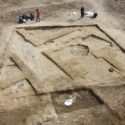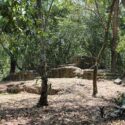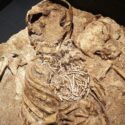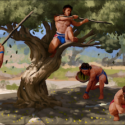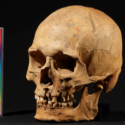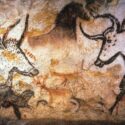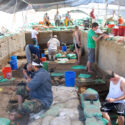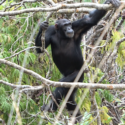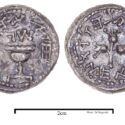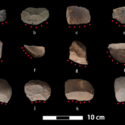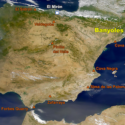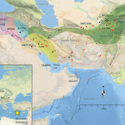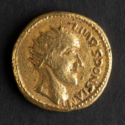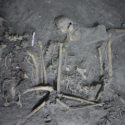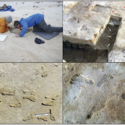‘Digital unwrapping’ shows that unopened 2,300-year-old mummy is showcase of ancient Egyptian beliefs.
The celebration of a Maya gardener highlights how we need to change our thinking for a sustainable world.
Violence and warfare were widespread in many Neolithic communities across Northwest Europe, a period associated with the adoption of farming, new research suggests.
New archaeogenetic data allow exciting insights into the social order of the Aegean Bronze Age.
DNA, historical reports, morphological data connect breadfruit to its history.
Hunnic peoples migrated westward across Eurasia, switched between farming and herding, and became violent raiders in response to severe drought in the Danube frontier provinces of the Roman empire,...
Half-shekel coin, the third of its kind, found in Jerusalem.
Striations and residue reflect harvesting methods.
A gold coin long dismissed as a forgery appears to be authentic and depicts a long-lost Roman emperor named Sponsian, according to a new study led by a University...
Researchers found thousands of other items, but the skeletal remains of the monkey point to the earliest evidence of primate captivity, translocation, and gift diplomacy between Teotihuacán and Mayan...
Located in the necropolis of Qubbet el-Hawa, it is precisely oriented to the sunrise of the winter solstice, in such a way that the sun's rays bathed with its...
The preserved footprints found in New Mexico’s Lake Otero Basin would upend scientific understanding of how, and when, humans first arrived in North America, if they are accurately dated....

